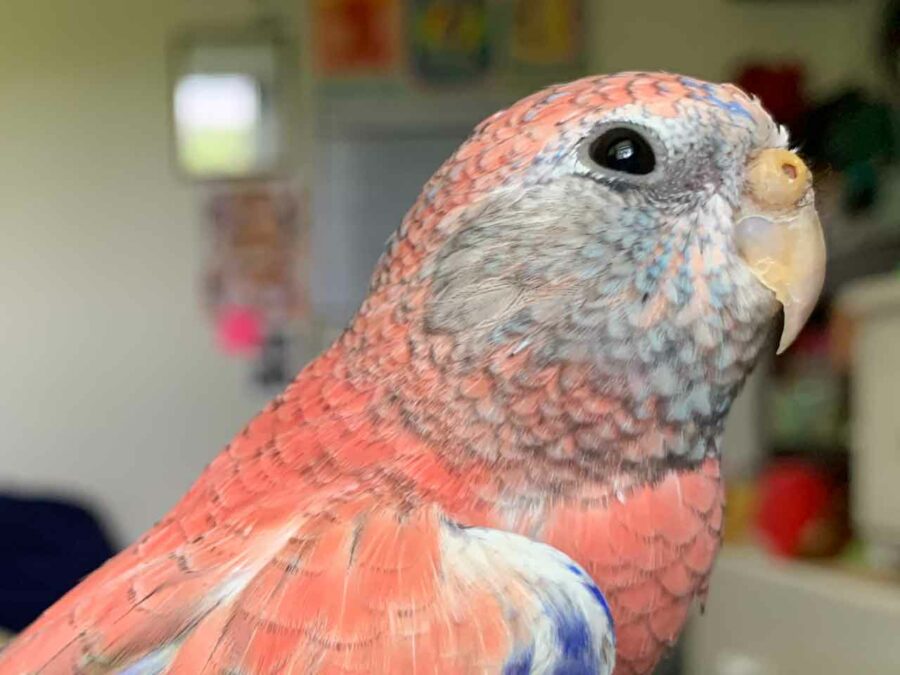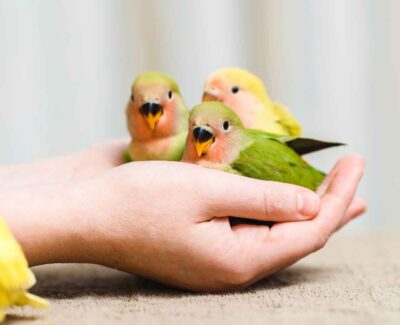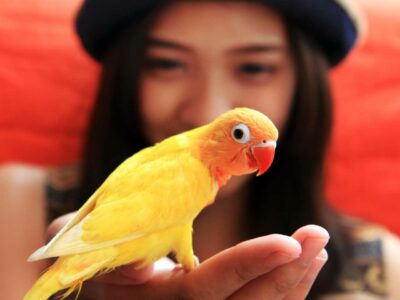
Discover the Charm of Parakeets with These 10 Fun Facts
With their vibrant colors, playful personalities, ability to mimic sounds, and relatively simple care requirements, parakeets are among the most popular types of pet birds worldwide. Whether you’re an experienced bird owner or just curious about these charming creatures, here are some fun facts about parakeets that will make you love them even more!
1. Parakeet or Budgie? The Name Game
Did you know that what many people in the United States call a “parakeet” is actually known as a “budgerigar” or “budgie” in other parts of the world? The term “parakeet” is a broad category that includes several small to medium-sized parrots with long tail feathers—but in the U.S., it typically refers to the budgerigar, a small parrot native to Australia. So, if you hear someone mention a budgie, they’re likely talking about a parakeet!
2. Native to the Land Down Under
Parakeets, or budgies, originated in Australia, where they are still found in large flocks in the wild. These birds are well-adapted to the arid Australian climate and can often be seen foraging for seeds in grasslands and open woodlands. In the wild, parakeets are green and yellow, which helps them blend in with their surroundings and avoid predators.
3. Masters of Mimicry
One of the most endearing traits of parakeets is their ability to mimic sounds. With proper training and regular interaction, some parakeets can learn to mimic human speech, whistle tunes, and even imitate household noises. Male parakeets are generally better at mimicking sounds than females and can develop a surprisingly extensive vocabulary. Their talent for mimicry, combined with their friendly disposition, makes them a favorite among pet bird owners.
4. Tiny but Mighty Flyers
Despite their small size, parakeets are excellent flyers. In the wild, they can travel long distances in search of food and water, often flying hundreds of miles. This natural instinct carries over into captivity, where parakeets love to stretch their wings and explore their surroundings. Providing your pet parakeet with ample space to fly and exercise is essential for their physical and mental well-being. They also enjoy having plenty of perches and toys to keep them active and engaged.
5. A Rainbow of Colors
While wild parakeets are typically green and yellow, captive parakeets come in an impressive array of colors. Through selective breeding, breeders have developed a wide range of colors and patterns, including blue, white, yellow, and even multi-colored varieties. There are also unique mutations, such as the “Lutino” parakeet, which is bright yellow with red eyes, and the “Albino” parakeet, which is pure white with red eyes. This colorful diversity is one of the many reasons why parakeets are so popular as pets.
6. Highly Social Creatures
Parakeets are social birds that thrive on interaction with their flock—or in the case of a pet parakeet, their human family. In the wild, parakeets live in large flocks and rely on social interaction for safety, communication, and companionship. As pets, they enjoy spending time with their owners and can form strong bonds. It’s important to provide them with plenty of attention and stimulation, as a bored parakeet can become lonely or even develop behavioral issues.
7. Unique Sleeping Habits
Unlike some other bird species, parakeets have a unique way of sleeping. They often tuck their heads backward under their wings while perching on one leg. This position not only helps them conserve body heat but also allows them to feel more secure while they rest. Additionally, parakeets usually sleep in short bursts throughout the night, waking up occasionally to check their surroundings. A covered cage at night can help provide a sense of security and promote better sleep.
8. They Have a Sweet Tooth
Parakeets have a fondness for foods that are slightly sweet. In their natural habitat, they often eat a diet consisting mainly of seeds, fruits, and vegetables. When kept as pets, parakeets enjoy a balanced diet that includes seeds, pellets, and fresh fruits and veggies. Foods like apples, carrots, and spinach are not only nutritious for parakeets but also add a bit of variety and flavor to their meals. However, it’s important to avoid giving them foods that are high in sugar or harmful to birds, such as chocolate or avocado.
9. Expressive Body Language
Parakeets are great communicators, not just with their voices but also with their body language. They use various physical cues to express their moods and emotions. For example, a parakeet may puff up their feathers when feeling relaxed or content. A wagging tail can indicate excitement, while a bird that’s clicking its beak might be showing contentment. Learning to read your parakeet’s body language can help you better understand their needs and keep them happy and healthy.
10. Longevity in a Small Package
While parakeets and other small birds tend to have shorter lifespans than their larger counterparts, parakeets generally live 10-15 years with proper care—or even longer! Providing a nutritious diet, a clean environment, and plenty of mental stimulation can help ensure your parakeet lives a long and happy life. Regular check-ups with an avian veterinarian are also crucial for monitoring their health and catching any potential issues early.
In addition to their beauty, parakeets are intelligent, social, and entertaining birds, making them wonderful companions for bird enthusiasts of all ages and experience levels. To learn more about parakeets and other popular types of pet birds, check out our bird fact sheets!





